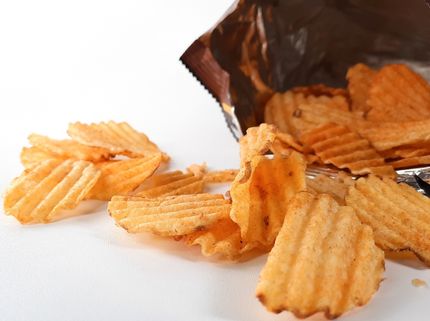Study Links APC Gene to Learning and Autistic-like Disabilities
New mouse model shows that APC regulates proteins critical for normal learning, memory, and behavior
Autistic-like behaviors and decreased cognitive ability may be associated with disruption of the function of the Adenomatous Polyposis Coli (APC) gene. When Tufts researchers deleted the gene from select neurons in the developing mouse brain, the mice showed reduced social behavior, increased repetitive behavior, and impaired learning and memory formation, similar to behaviors seen in individuals with autism and intellectual disabilities. This study is the first to evaluate how the loss of APC from nerve cells in the forebrain affects brain development, learning, and behavior. The research team, led by Michele Jacob, Ph.D., engineered a new mouse model for studying cognitive and autistic-like disabilities. The study was published online today in Molecular Psychiatry.
In addition to observing autistic-like behaviors and cognitive impairments in the mice, researchers found significant molecular changes in the brain. Eliminating APC chiefly from the excitatory neurons in the forebrain led to altered levels of specific proteins that regulate gene expression and influenced the structure, number, and function of synapses.
Some of these molecular changes have not been seen in other genetic mouse models of cognitive and autistic-like disabilities, but are likely relevant to the human disorders based on recently identified risk genes. The researchers propose that APC tightly regulates particular protein levels, maintaining them within a range that is critical to normal learning and memory consolidation.
“What makes this study interesting is that although there are hundreds of risk genes implicated in autism, the removal of this single gene produced a multi-syndromic disorder similar to that seen in individuals with both cognitive deficits and autism. The APC-deficient mice are noticeably different from normal mice in their impaired learning, poor memory consolidation, repetitive behaviors, and reduced social interest,” said co-first author Jonathan Alexander, a Ph.D. candidate in neuroscience at the Sackler School of Graduate Biomedical Sciences at Tufts and a member of the Jacob lab at Tufts University School of Medicine.
“This APC knock-out mouse is different because APC is eliminated from a specific type of cell in the brain during a critical period of development. This leads to deregulation of key signaling pathways and produces the cognitive and behavioral changes that we observed,” explained co-first author Jesse Mohn, Ph.D., a graduate of the Sackler School and now a scientist at Galenea Corp.
“APC loss leads to molecular changes predicted to resemble, at least in part, those caused by spontaneous mutations in another gene, CHD8, recently identified as a high confidence risk factor for sporadic autism, that is, autism that arises spontaneously rather than from inherited genetic mutations from parents. Thus, our findings are relevant to autism and intellectual disabilities caused by other human gene mutations, not only APC,” said senior author Michele Jacob, Ph.D., professor of neuroscience at Tufts University School of Medicine, and member of the Cell, Molecular and Developmental Biology; Cellular and Molecular Physiology; and Neuroscience program faculties at the Sackler School.
“This study demonstrates the vital role that APC plays as a central hub that links to and regulates multiple signaling pathways within nerve cells that are essential for normal cognition and social behavior,” added Antonella Pirone, Ph.D., a co-author and postdoctoral scholar in the Jacob lab. “We hope that identifying these novel molecular and functional changes caused by APC loss will contribute to the development of effective treatments for autism and cognitive impairments in patients.”
Tufts University has filed patent applications claiming the use of the new mouse model for the screening of improved therapeutics.
























































